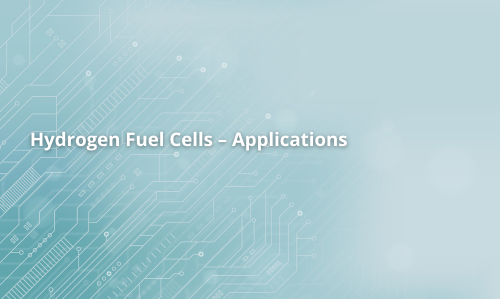El artículo describe las pilas de combustible de hidrógeno, una tecnología que convierte el hidrógeno en electricidad de manera eficiente y ecológica. Explica los principios de funcionamiento de las pilas, sus aplicaciones en la automoción, la industria y el sector energético, así como sus ventajas, como el repostaje rápido, la gran autonomía y la posibilidad de integración con fuentes de energía renovable. Esta tecnología representa una solución prometedora para el desarrollo sostenible y la transición energética.
Componentes para la electrónica de potencia - automatización industrial - electrónica - ingeniería de potencia - ingeniería eléctrica
Proveedoras
Ver todos los proveedoresCategorías de Producto
Ver todas las categoriasÚltimas entradas del blog
-
Cómo la refrigeración y el aire acondicionado de los armarios afectan la vida útil de los componentes electrónicosRead more
El artículo analiza la importancia de la refrigeración y el aire acondicionado en los armarios de control para mantener la vida útil de los componentes electrónicos. Explica cómo la temperatura y la humedad estables mejoran la fiabilidad de los sistemas industriales, describe varios métodos de enfriamiento, el papel del diseño del armario y la disposición de los componentes, y destaca la eficiencia energética en instalaciones industriales modernas.
-
¿Cómo transforman los equipos de inducción los procesos de producción?Read more
El artículo explica el principio de funcionamiento del calentamiento por inducción y muestra por qué esta tecnología se utiliza cada vez más en la industria moderna. Describe la construcción y el funcionamiento de los equipos de inducción, sus principales ventajas frente a los métodos tradicionales de calentamiento y una amplia gama de aplicaciones, desde el temple y la soldadura hasta la fusión de metales y las pruebas de laboratorio. El artículo también presenta las capacidades de DACPOL SERVICE y destaca el papel de la empresa como socio tecnológico en el diseño, la implementación y el servicio de sistemas de calentamiento por inducción.





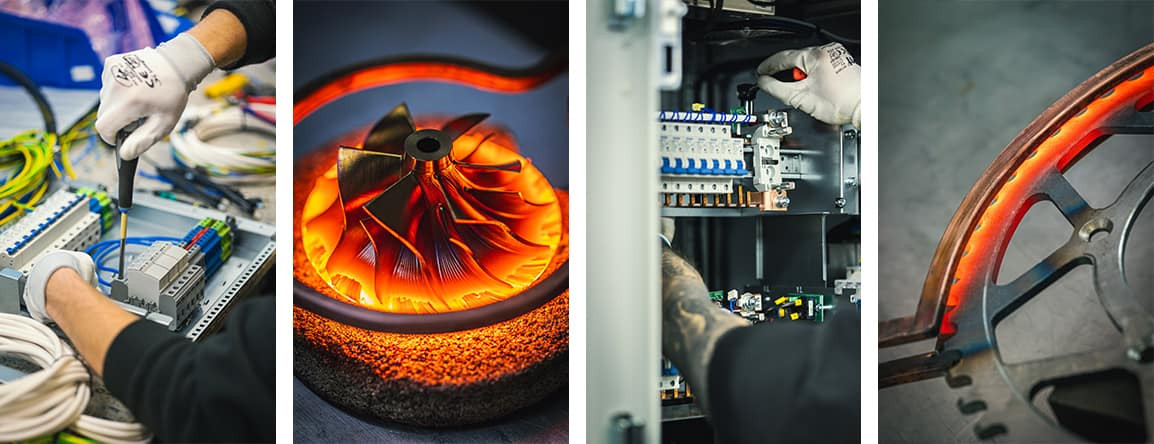

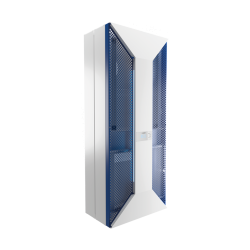


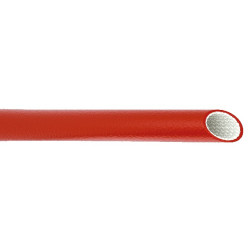



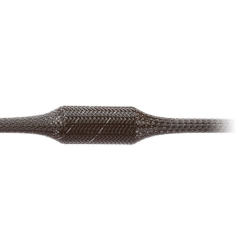

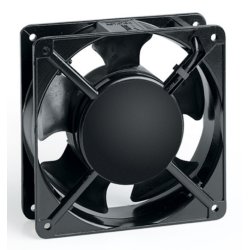

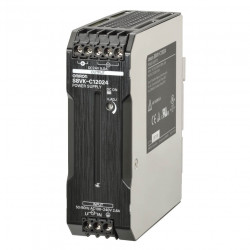
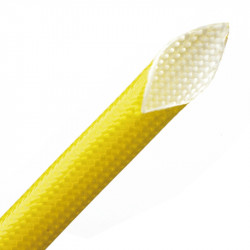

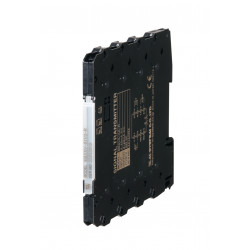

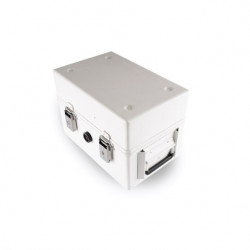

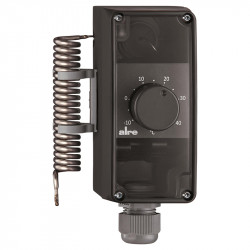






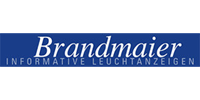

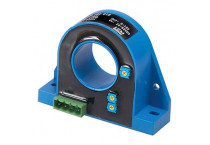
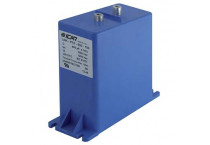
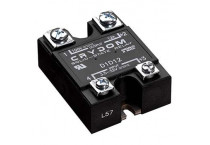
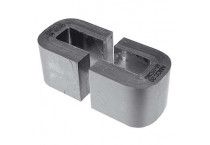
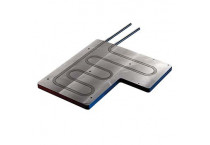
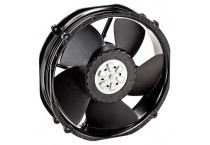
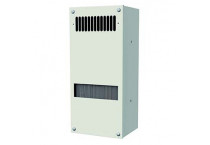
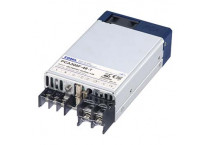
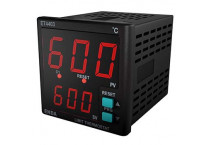
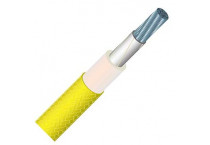
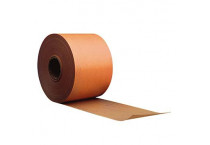
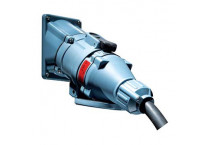
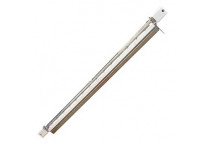
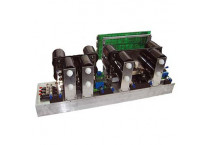
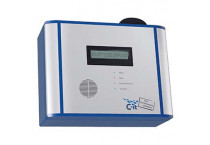
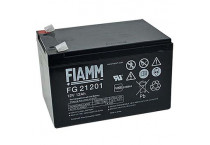
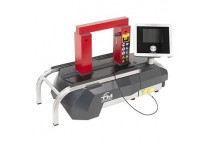
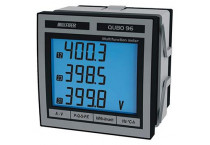
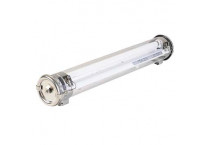
![Componentes para áreas peligrosas y atmósferas explosivas [Ex]](https://www.dacpol.eu/c/6823-catsmal_default/componentes-para-areas-peligrosas-y-atmosferas-explosivas-ex-.jpg)

